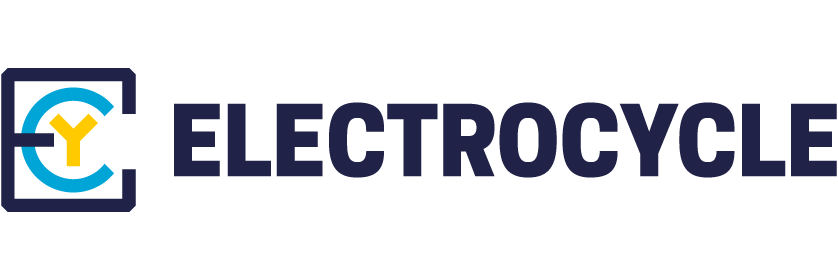Technically speaking « Electrical and Electronical Equipment » or EEE are legally defined in France as « equipment that is working via an electrical current or electromagnetic fields, and production, transfer and measuring equipment for these currents and fields, as specified in categories defined in Appendix I A 2002/96/CE, and conceived to be used with a voltage not higher than 1000 volts in alternative current or 1500 volts in direct current. »
Waste is defined by European Community Directive 75/442/CE as « any substance or object whose owner parts with or has to part with according to national regulations. Usually « waste » stands for : quantity lost when using a product, what is left after its use. Nowadays it describes any object or substance that has been physically or chemically altered, or as such that is destined to destruction or recycling. »
Five ways to deal with EEE waste have been outlined:
- – Reusing the equipment as a whole
- – Reusing parts of the equipment or components
- – Reusing the material
- – Energy valuation
- – Destruction without valuation (dump, incineration without energy valuation)
For energetic and environmental purposes dealing with waste should indeed be considered in that order.
Officially priority is given to reusing equipment as a whole, but in fact the percentage in tons of waste according to how it was treated has been published in September 2011 by the ADEME:
– recycling 79%
– destruction 13%
– energy valuation 5%
– reuse 3%
– reuse of parts or components less than 1%
